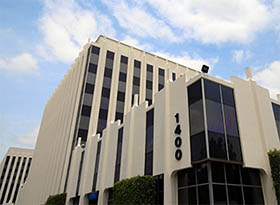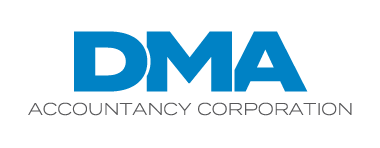Newsletters
Prior Newsletters
Is college financial aid taxable? A crash course for families
College can be expensive. According to the College Board, the average sticker price for tuition...
Are you missing a valuable tax deduction for Medicare premiums?
If you’re age 65 or older and enrolled in basic Medicare insurance, you may need to pay additional...
Tightening up your employment tax compliance process
If your organization has been operational for a while, you’re no doubt well acquainted with...
What happens to qualified transportation plan balances when employees leave?
By now, employers across the country have implemented return-to-work policies that have brought...
Keeping manufacturing company owner compensation on the right side of tax laws
Smaller manufacturing companies often operate as S corporations. In many cases, one of the...
The advantages of a living trust for your estate plan
Do you believe you don’t need to worry about estate planning because of the current federal estate...
Dedicated, Mindful and Accountable.

DMA Accountancy Corporation
1400 N. Harbor Blvd., Ste #605
Fullerton, CA 92835







